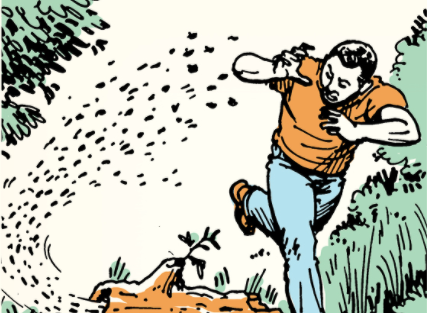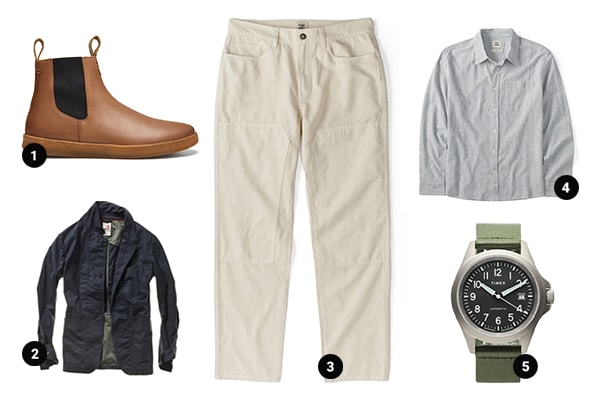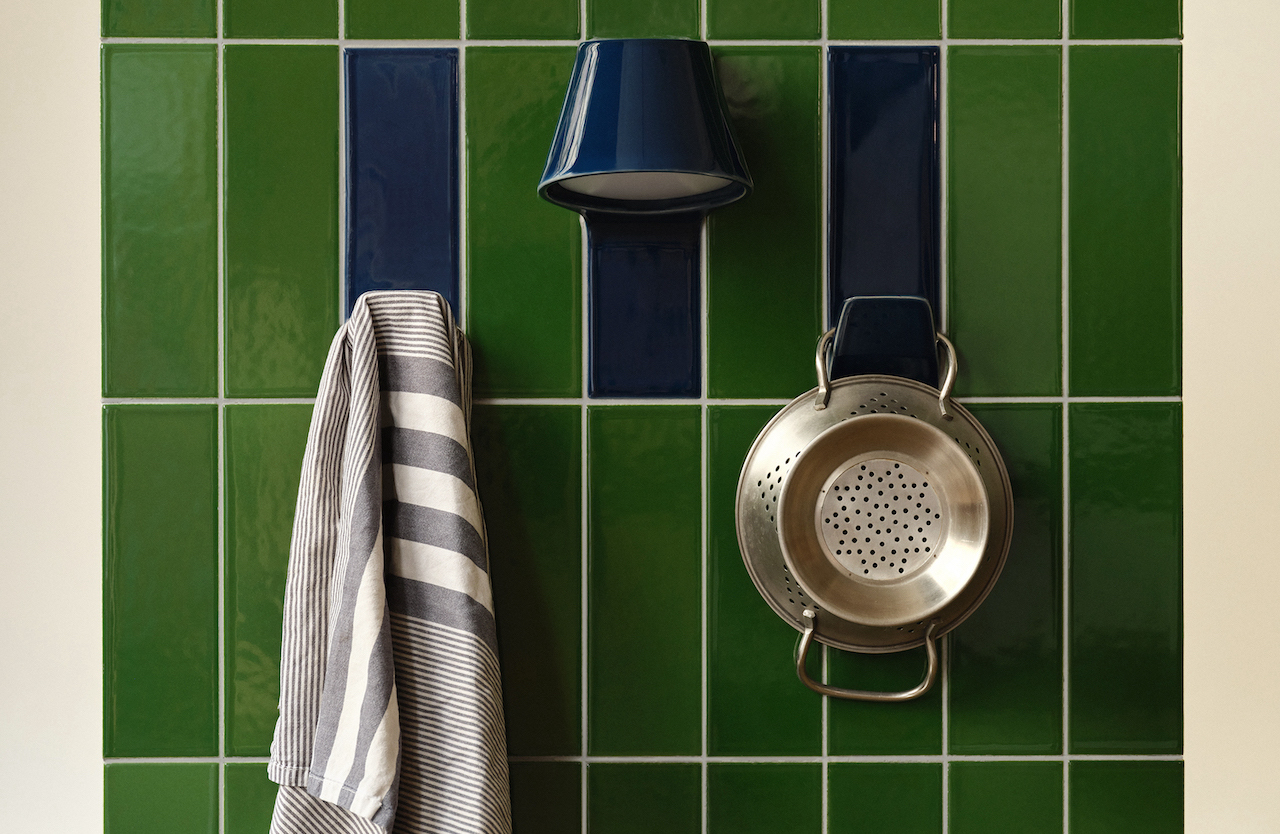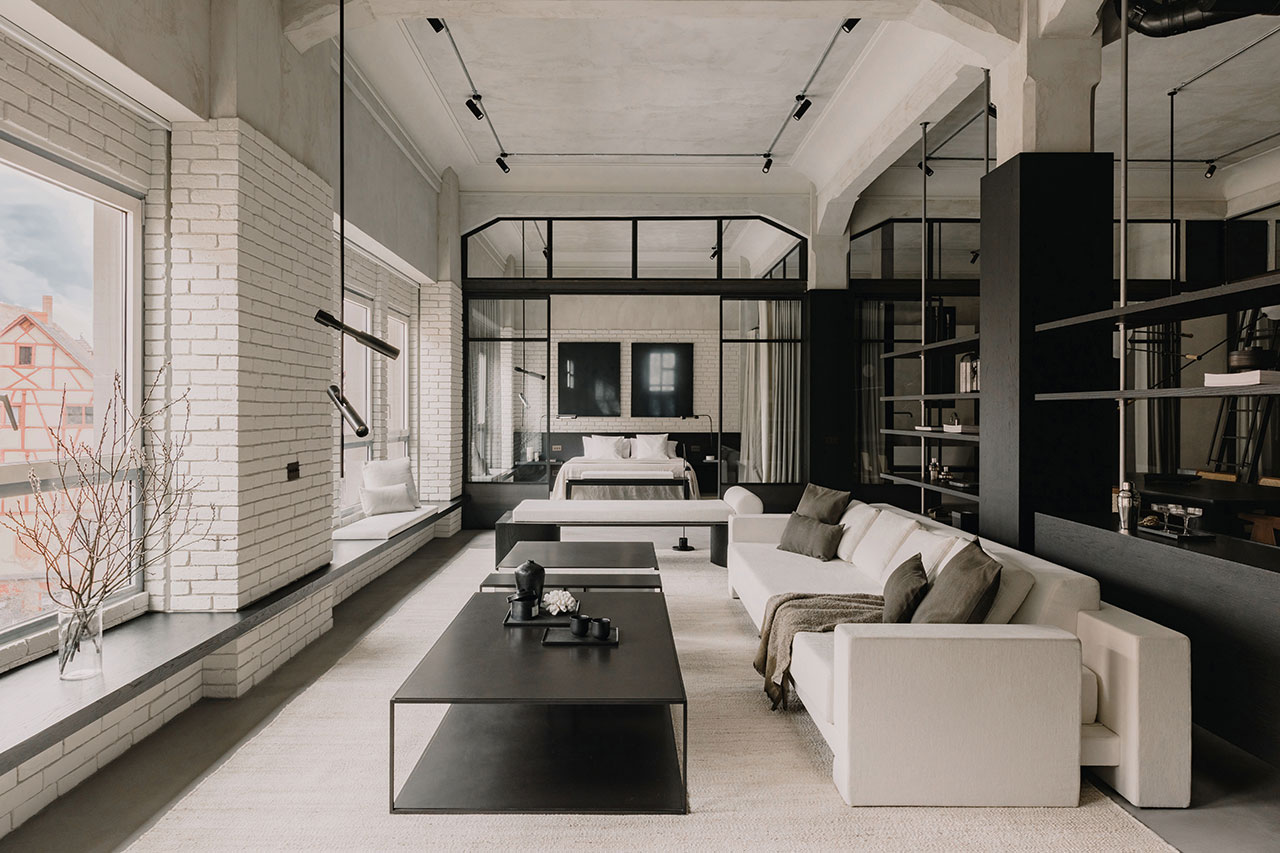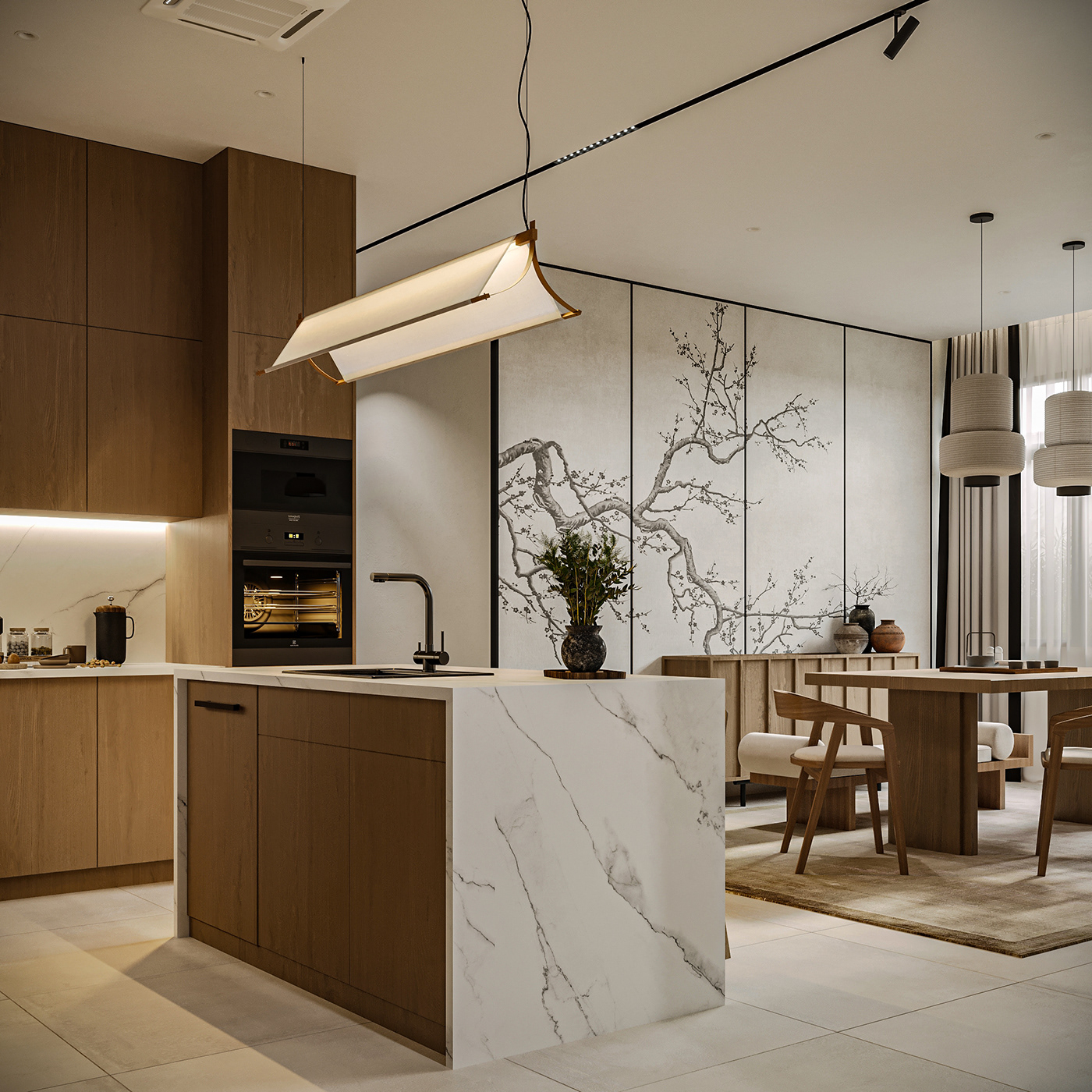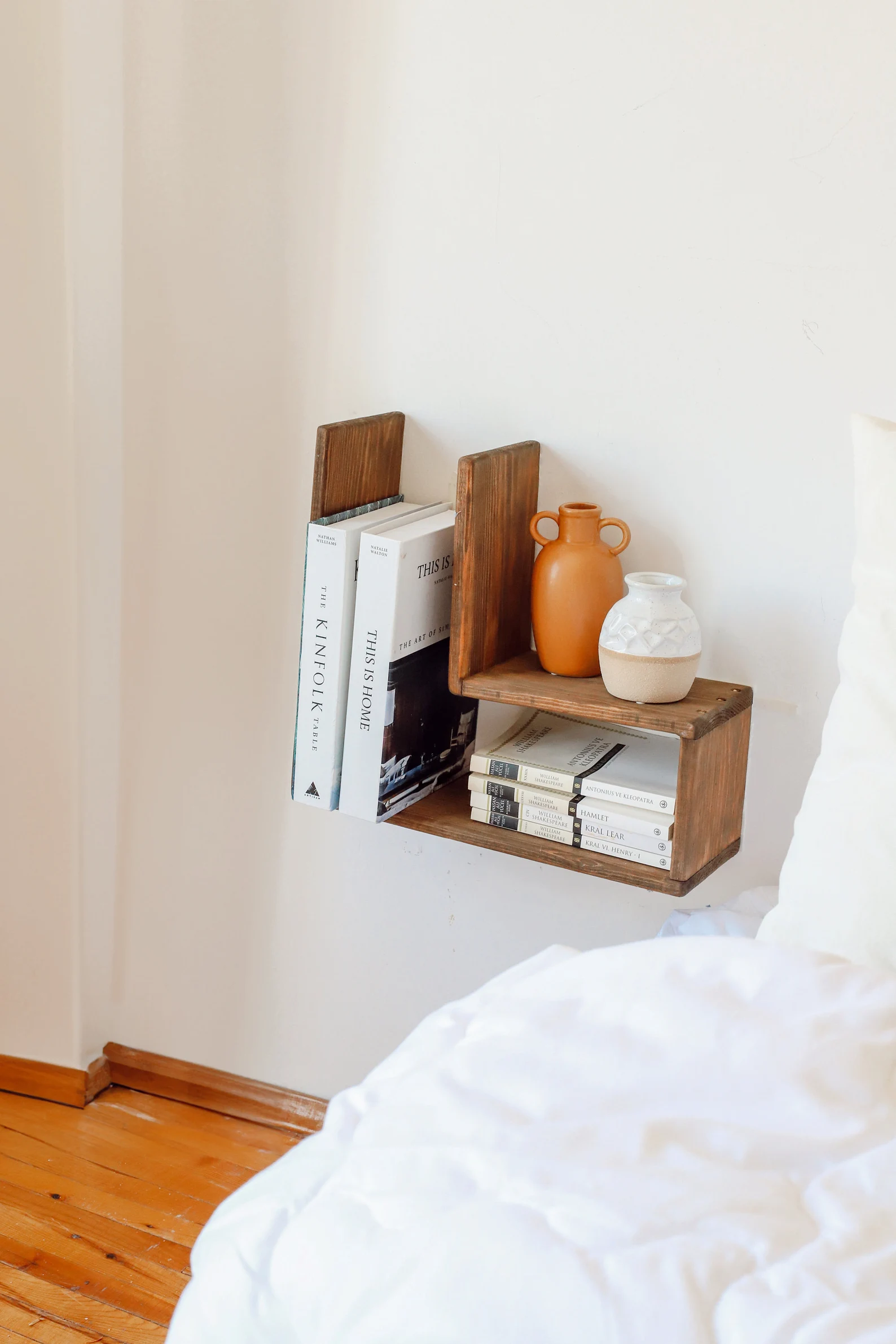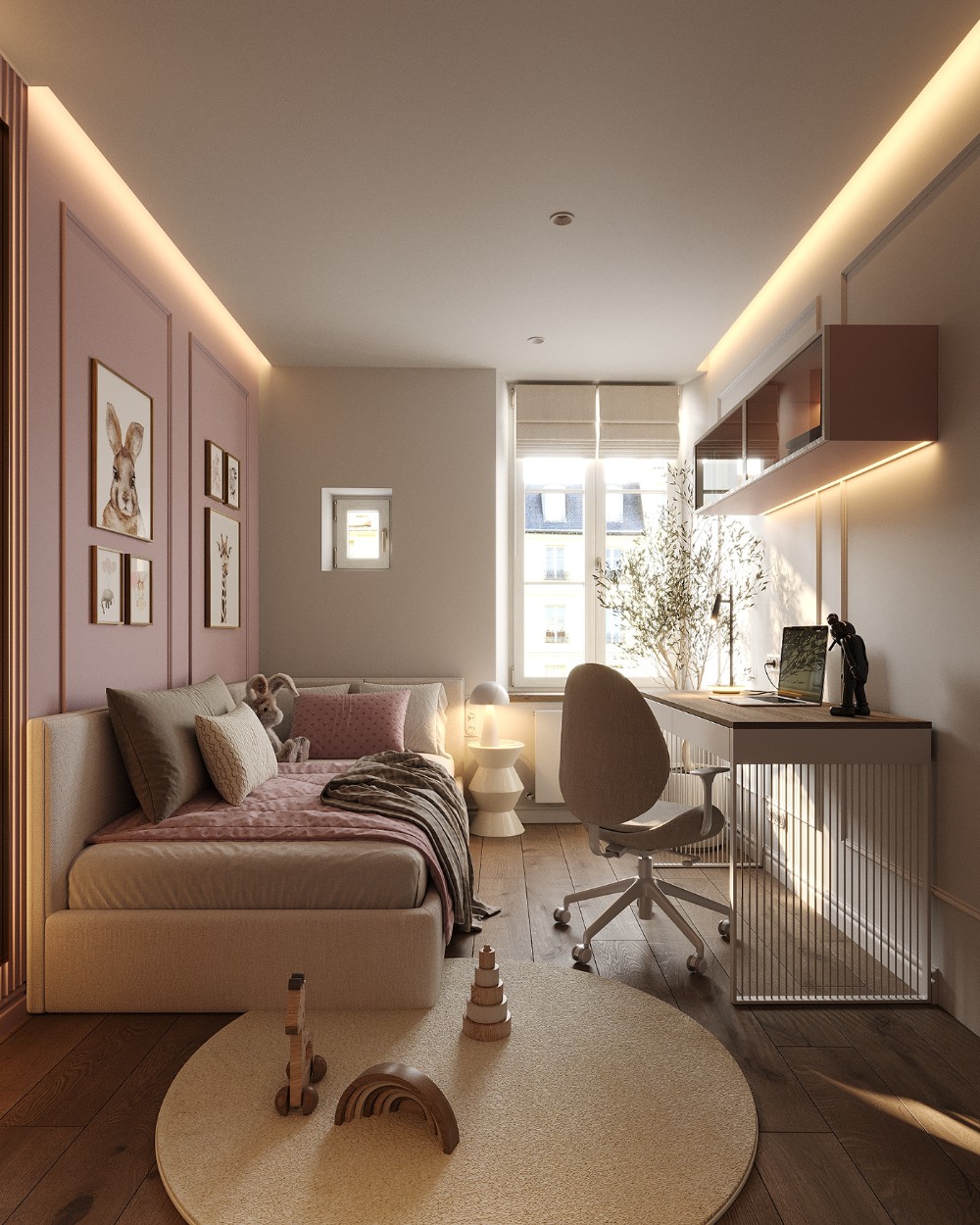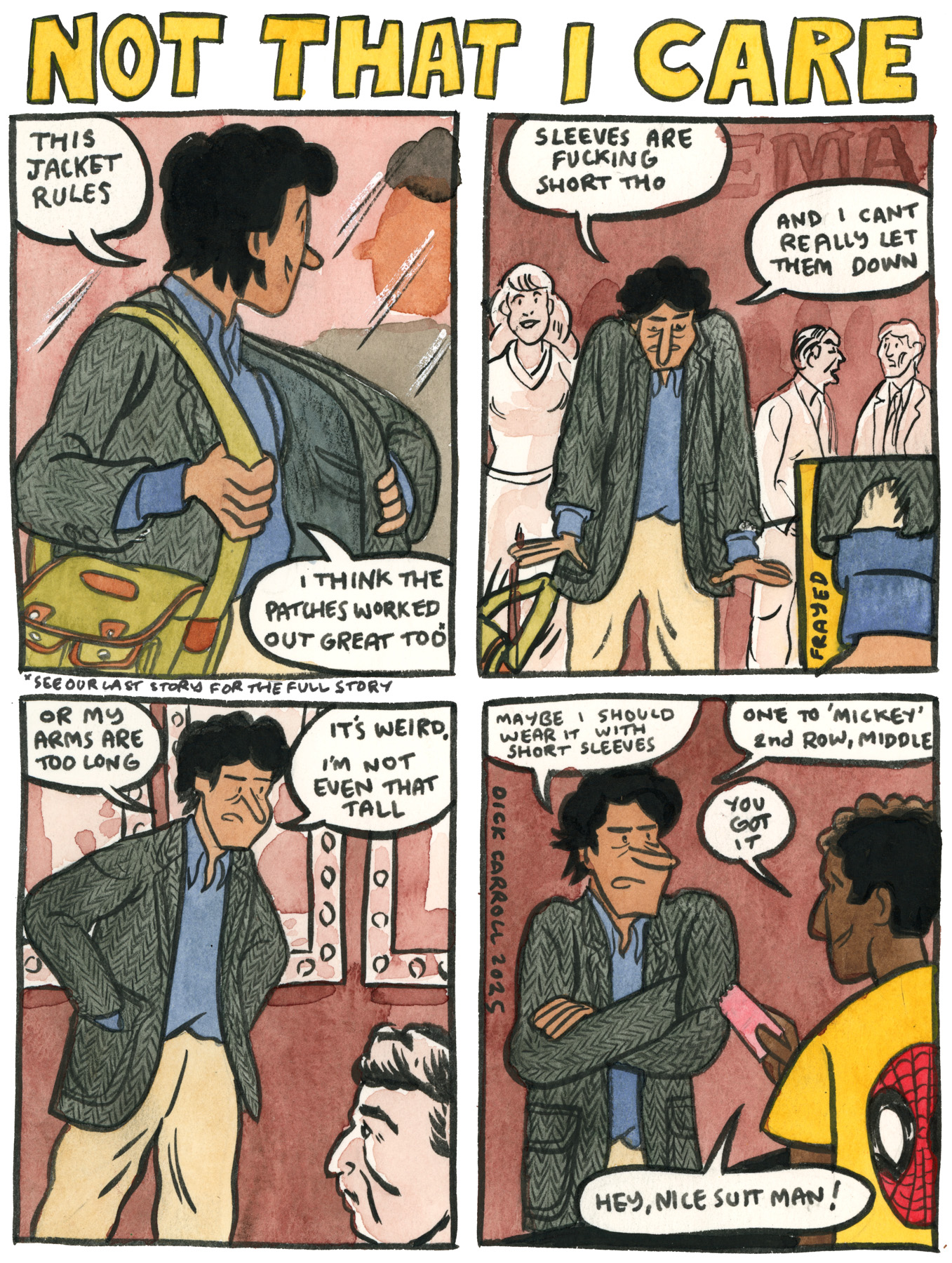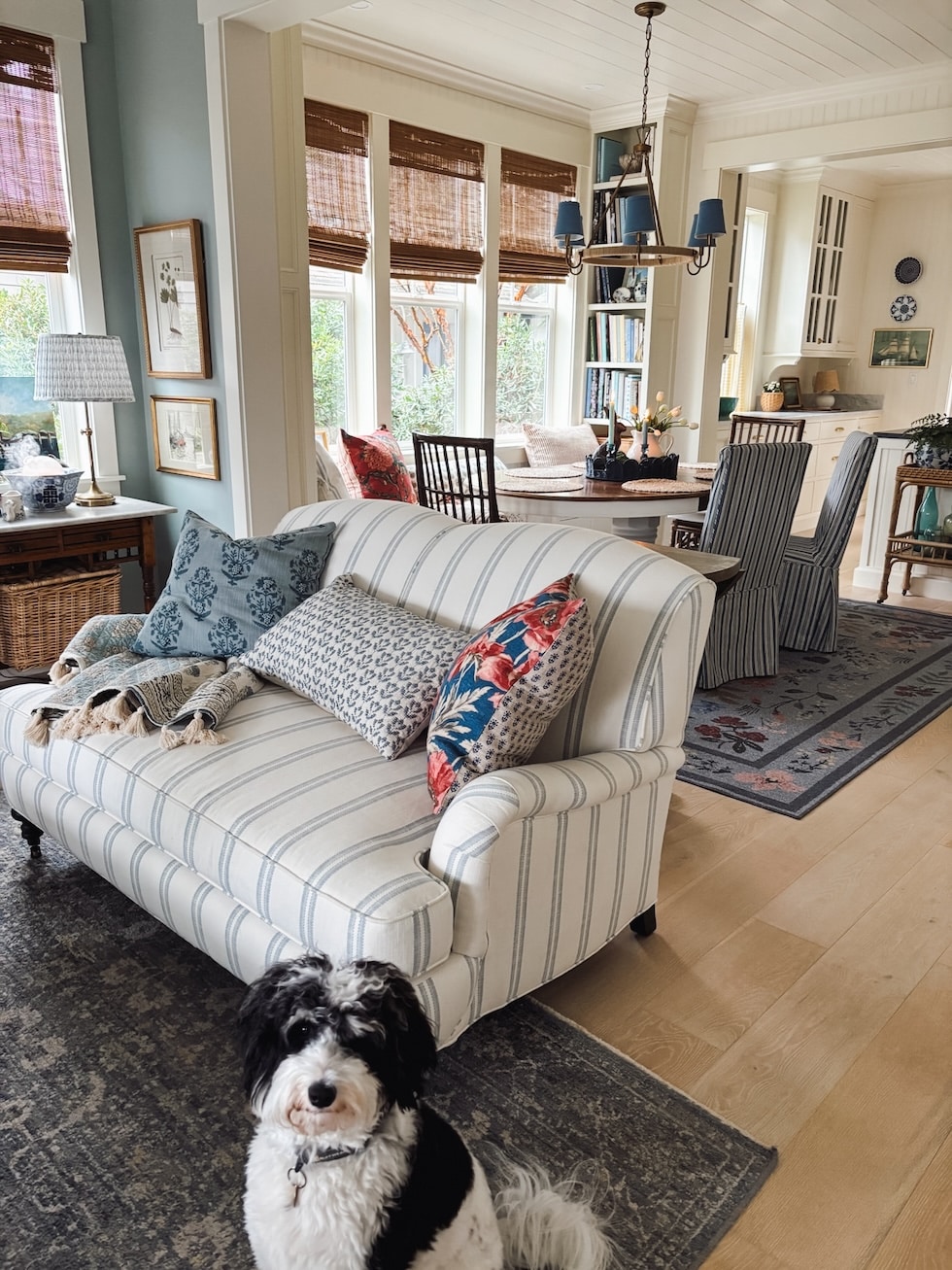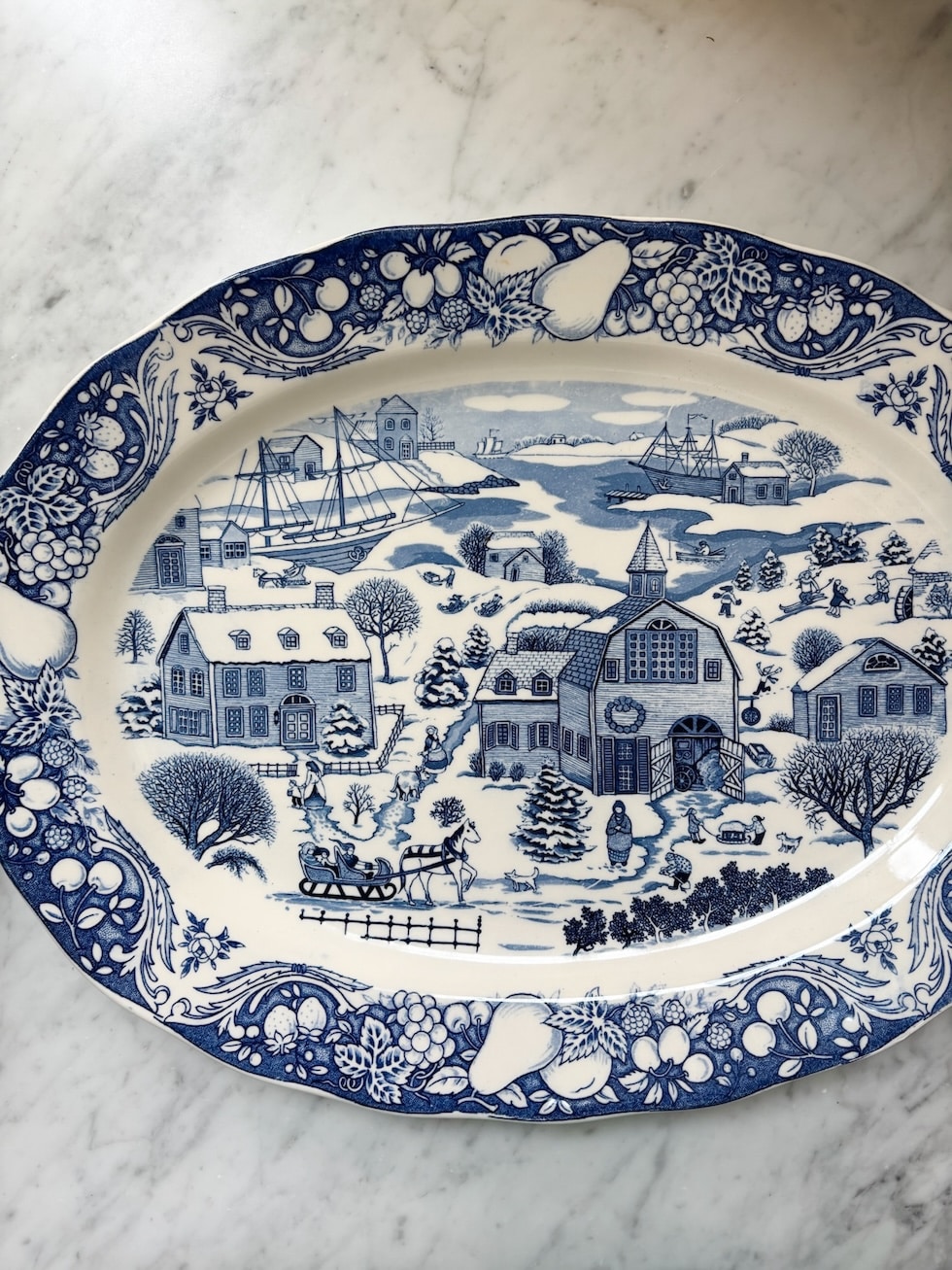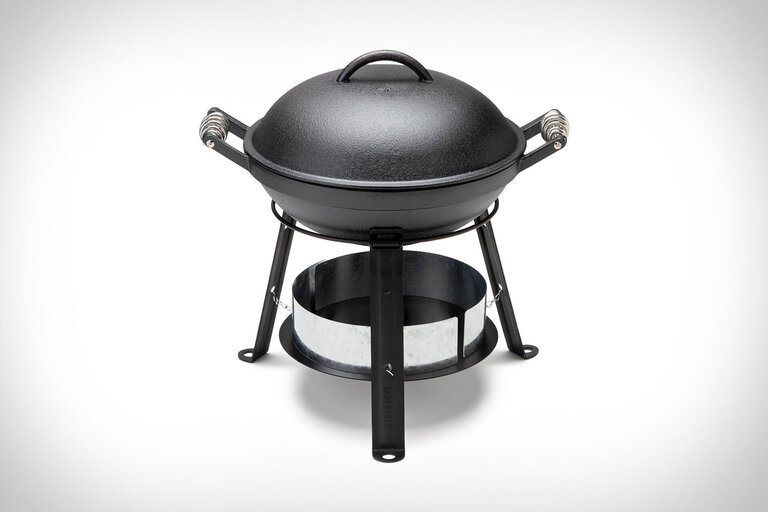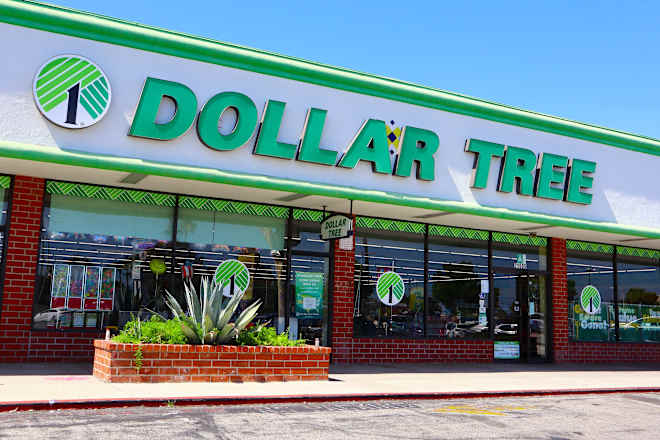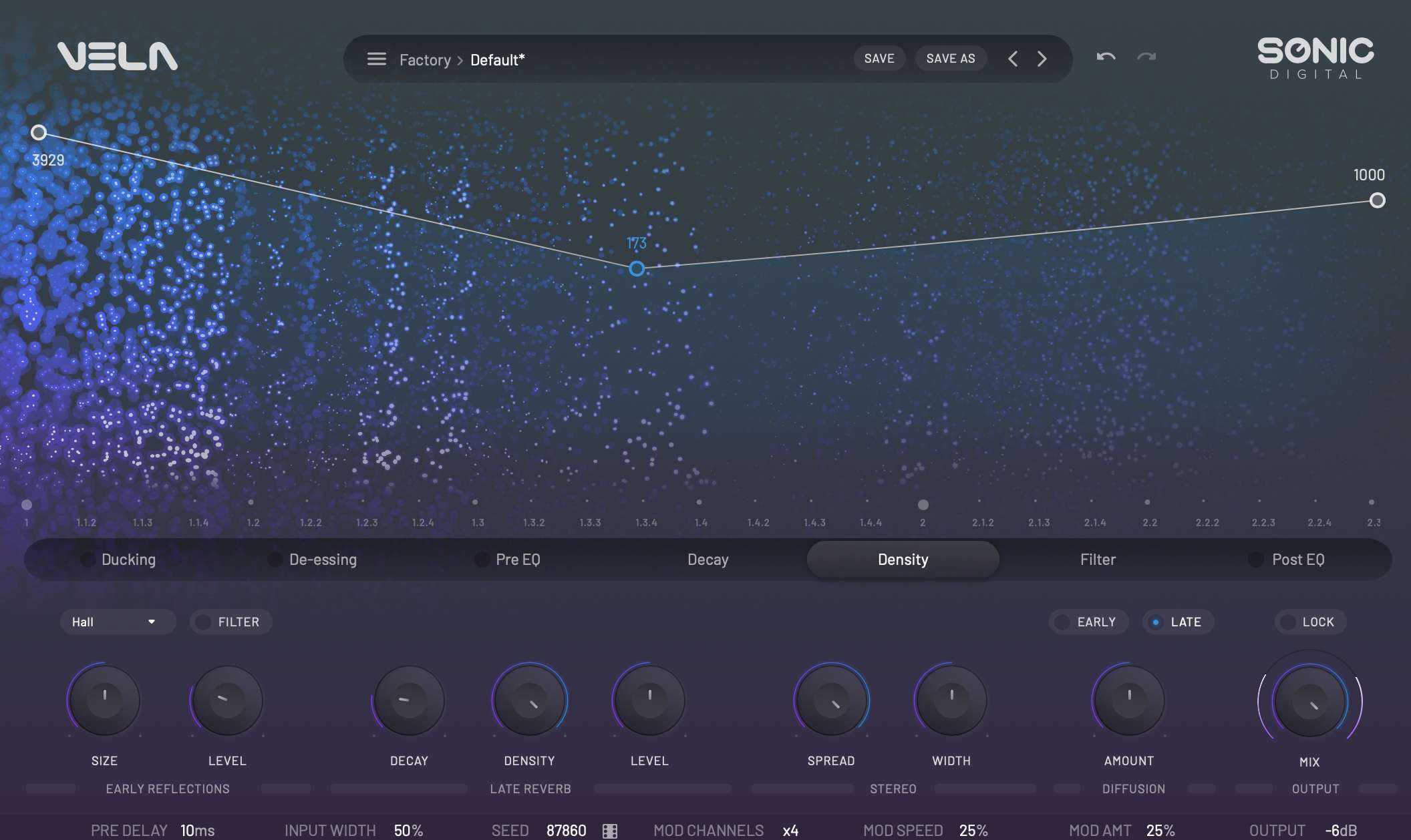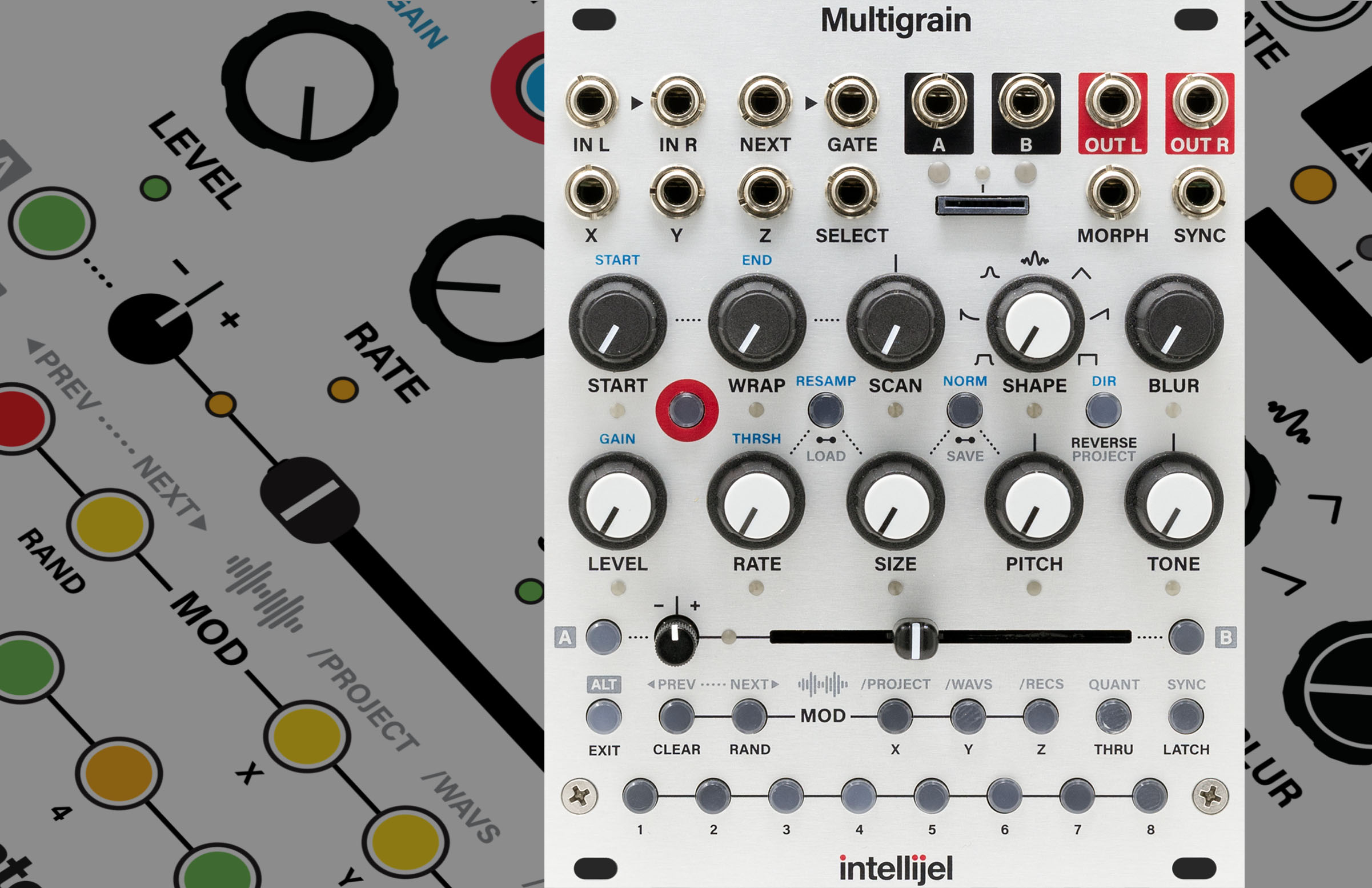Wrightstown Schoolhouse in Newtown, Pennsylvania
The Wrightstown Octagonal Schoolhouse, also known as the Penns Park Octagonal School House or the Eight-Square School House, was one of 10 or so octagonal schoolhouses in Bucks County, Pennsylvania, and one of over 100 octagonal schoolhouses in the Delaware Valley. It is now the last remaining octagonal schoolhouse in Bucks County. Built in 1802 by neighborhood subscription (an early form of crowdfunding), it is also one of the oldest schoolhouses of any type in the area. In the early 1800s, Wrightstown Township was a rural area that contained two villages: Wrightstown and Pennsville (now Penns Park). Twelve landowners joined forces to fund the creation of a school for all local children; female students were welcome, which was not common in the United States at the time. After its construction with local materials in 1802, the schoolhouse operated for 50 years. The Wrightstown Octagonal Schoolhouse was a tuition school, one of four operating in the Wrightstown area in the 1700s and early 1800s, and the only one still standing. No free schools were available yet. The Pennsylvania free public school system was only started in 1834, with the Free School Act, and school attendance was not compulsory until the 1850s. With the area shifting to public schooling, the Wrightstown Octagonal Schoolhouse was sold in 1853, and was passed from owner to owner until the township leased it in 1996, later purchasing it in 2002. Restoration work began in 1996—a project that required significant work due to the schoolhouse's use as everything from an artist's studio to a chicken house—and is now open to visitors. The Wrightstown Octagonal Schoolhouse has a window built into seven of its eight walls, with a door in the eighth wall. This design allowed for more light and provided significant ventilation in the hotter months; no matter which direction the wind was blowing, a pair of corresponding windows could be open to allow the wind to blow through the schoolhouse. Octagonal schoolhouses were also thought to save on heating costs, as desks could be arranged around a central stove. Octagonal buildings were most popular in the United States in the 1850s through the 1870s, after the publishing of Orson Squire Fowler's 1848 book on octagonal houses, making the Wrightstown Octagonal Schoolhouse a notably early example of the form. However, southeastern Pennsylvanians were building octagonal one-room schools perhaps as early as the 1760s. These early octagonal schoolhouses were often associated with Quakers, though both Quakers and non-Quakers were building and utilizing octagonal schoolhouses by the 1800s. The Wrightstown Octagonal Schoolhouse is considered a significant building within the National Register of Historic Places due to its part in the evolution of education in Bucks County and as an example of octagonal school architecture of the 1800s.

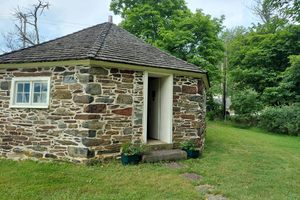
The Wrightstown Octagonal Schoolhouse, also known as the Penns Park Octagonal School House or the Eight-Square School House, was one of 10 or so octagonal schoolhouses in Bucks County, Pennsylvania, and one of over 100 octagonal schoolhouses in the Delaware Valley. It is now the last remaining octagonal schoolhouse in Bucks County. Built in 1802 by neighborhood subscription (an early form of crowdfunding), it is also one of the oldest schoolhouses of any type in the area.
In the early 1800s, Wrightstown Township was a rural area that contained two villages: Wrightstown and Pennsville (now Penns Park). Twelve landowners joined forces to fund the creation of a school for all local children; female students were welcome, which was not common in the United States at the time. After its construction with local materials in 1802, the schoolhouse operated for 50 years.
The Wrightstown Octagonal Schoolhouse was a tuition school, one of four operating in the Wrightstown area in the 1700s and early 1800s, and the only one still standing. No free schools were available yet. The Pennsylvania free public school system was only started in 1834, with the Free School Act, and school attendance was not compulsory until the 1850s. With the area shifting to public schooling, the Wrightstown Octagonal Schoolhouse was sold in 1853, and was passed from owner to owner until the township leased it in 1996, later purchasing it in 2002.
Restoration work began in 1996—a project that required significant work due to the schoolhouse's use as everything from an artist's studio to a chicken house—and is now open to visitors.
The Wrightstown Octagonal Schoolhouse has a window built into seven of its eight walls, with a door in the eighth wall. This design allowed for more light and provided significant ventilation in the hotter months; no matter which direction the wind was blowing, a pair of corresponding windows could be open to allow the wind to blow through the schoolhouse. Octagonal schoolhouses were also thought to save on heating costs, as desks could be arranged around a central stove.
Octagonal buildings were most popular in the United States in the 1850s through the 1870s, after the publishing of Orson Squire Fowler's 1848 book on octagonal houses, making the Wrightstown Octagonal Schoolhouse a notably early example of the form. However, southeastern Pennsylvanians were building octagonal one-room schools perhaps as early as the 1760s. These early octagonal schoolhouses were often associated with Quakers, though both Quakers and non-Quakers were building and utilizing octagonal schoolhouses by the 1800s.
The Wrightstown Octagonal Schoolhouse is considered a significant building within the National Register of Historic Places due to its part in the evolution of education in Bucks County and as an example of octagonal school architecture of the 1800s.




![‘Haruki Murakami Manga Stories Vol. 3’ Gives Foreboding Fiction a Macabre Makeover [Review]](https://i0.wp.com/bloody-disgusting.com/wp-content/uploads/2025/04/Haruki-Murakami-Manga-Stories-Vol-3-Car-Attack.jpg?fit=1400%2C700&ssl=1)




















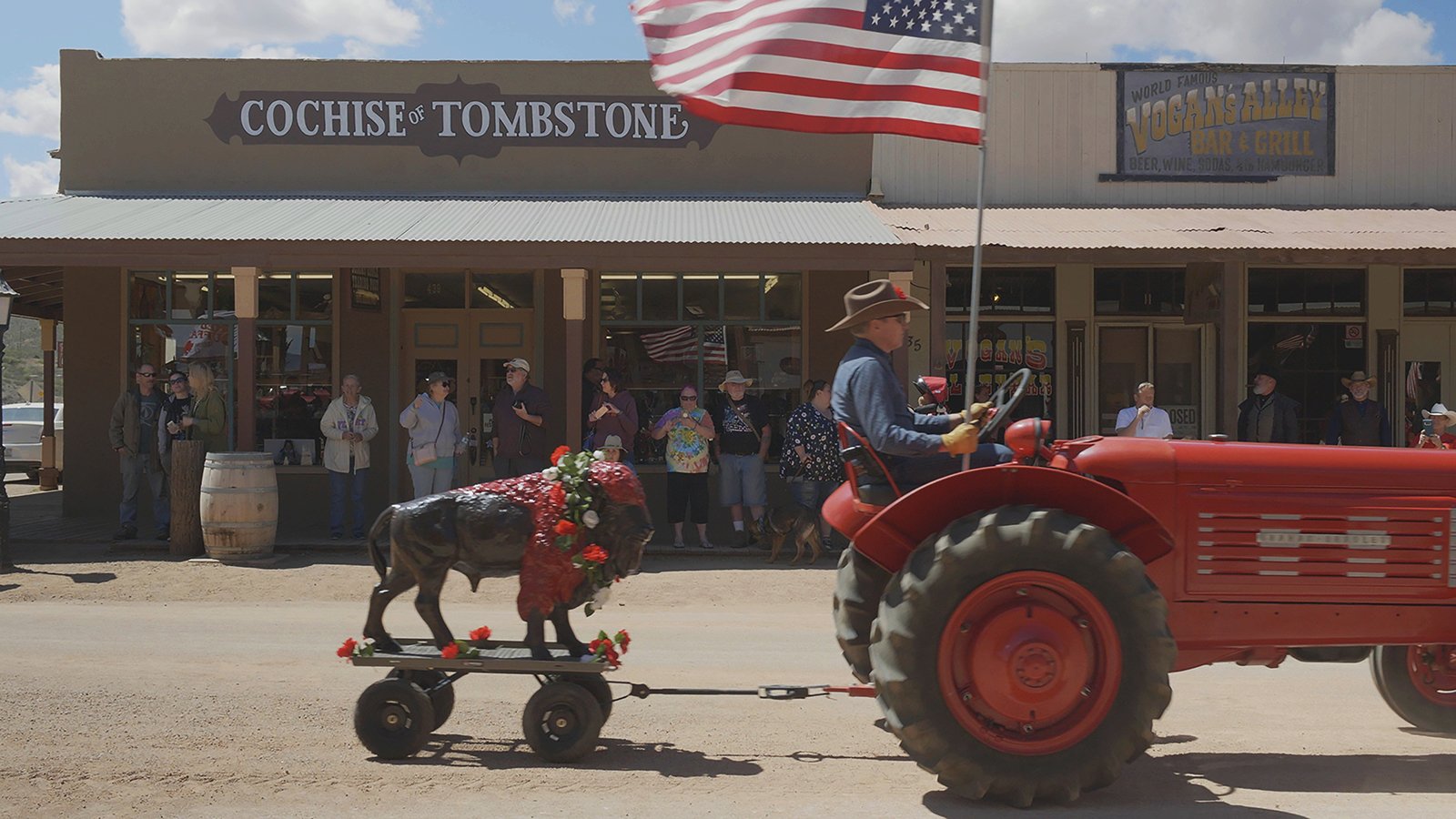


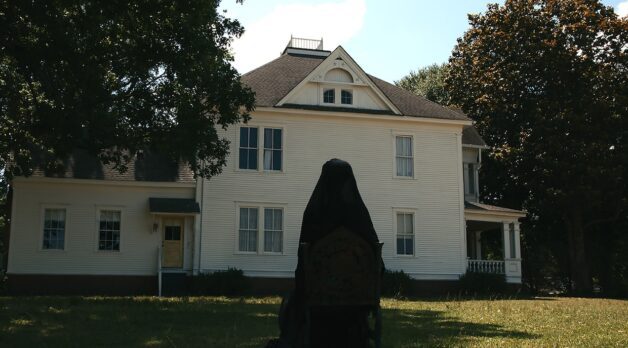





















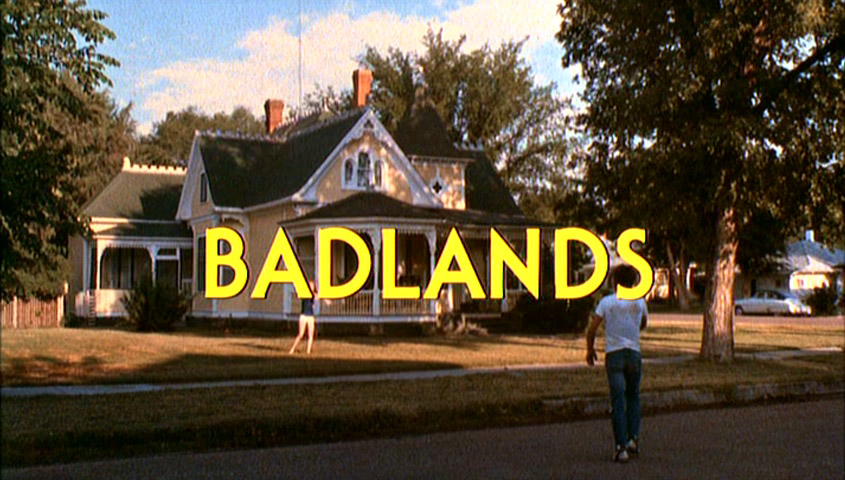

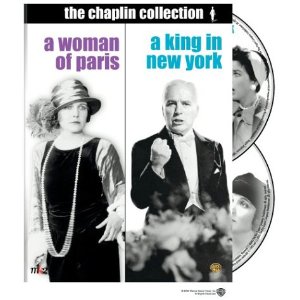
![THE NUN [LA RELIGIEUSE]](https://www.jonathanrosenbaum.net/wp-content/uploads/2019/12/TheNun-300x202.jpg)
























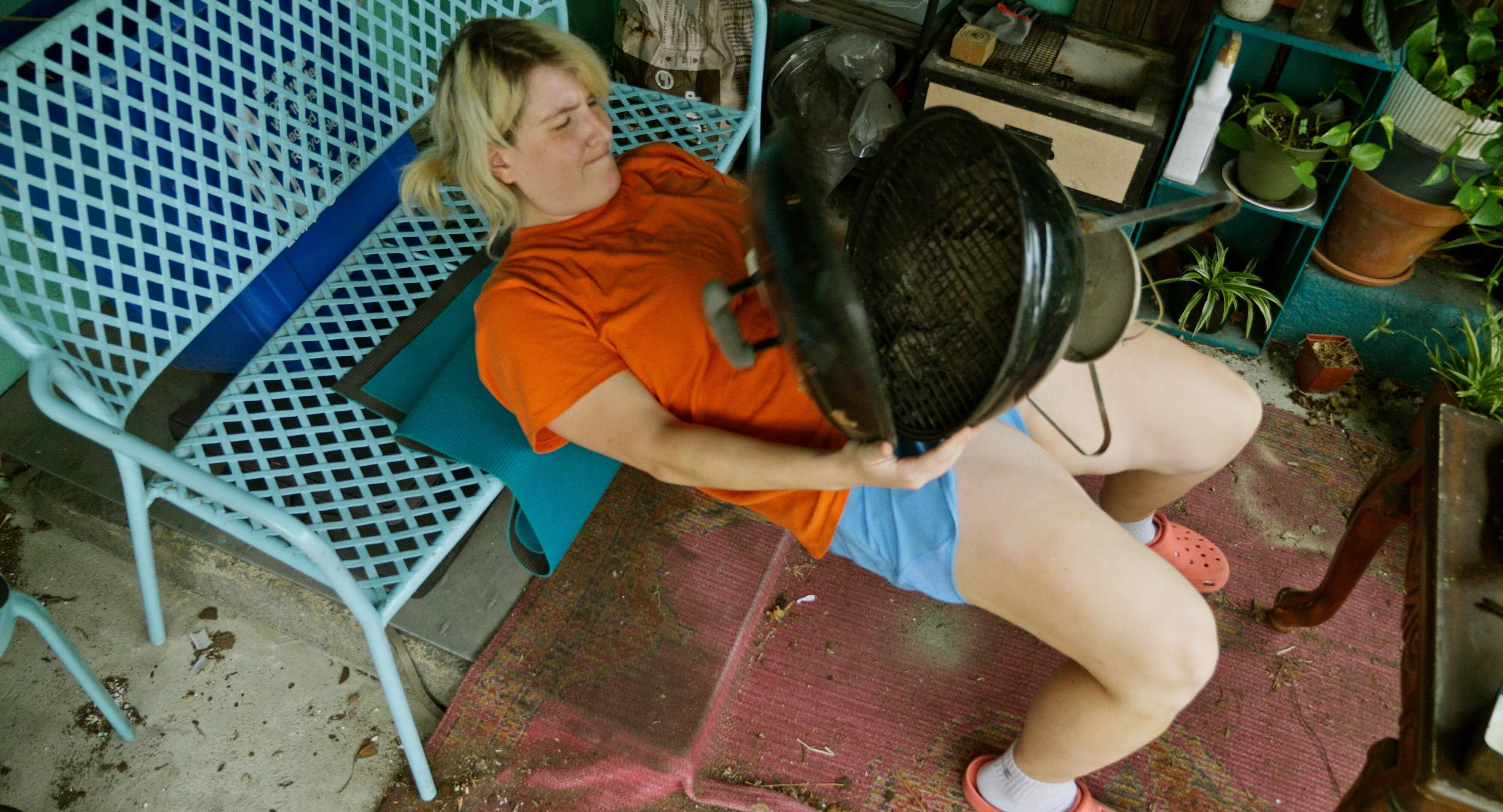


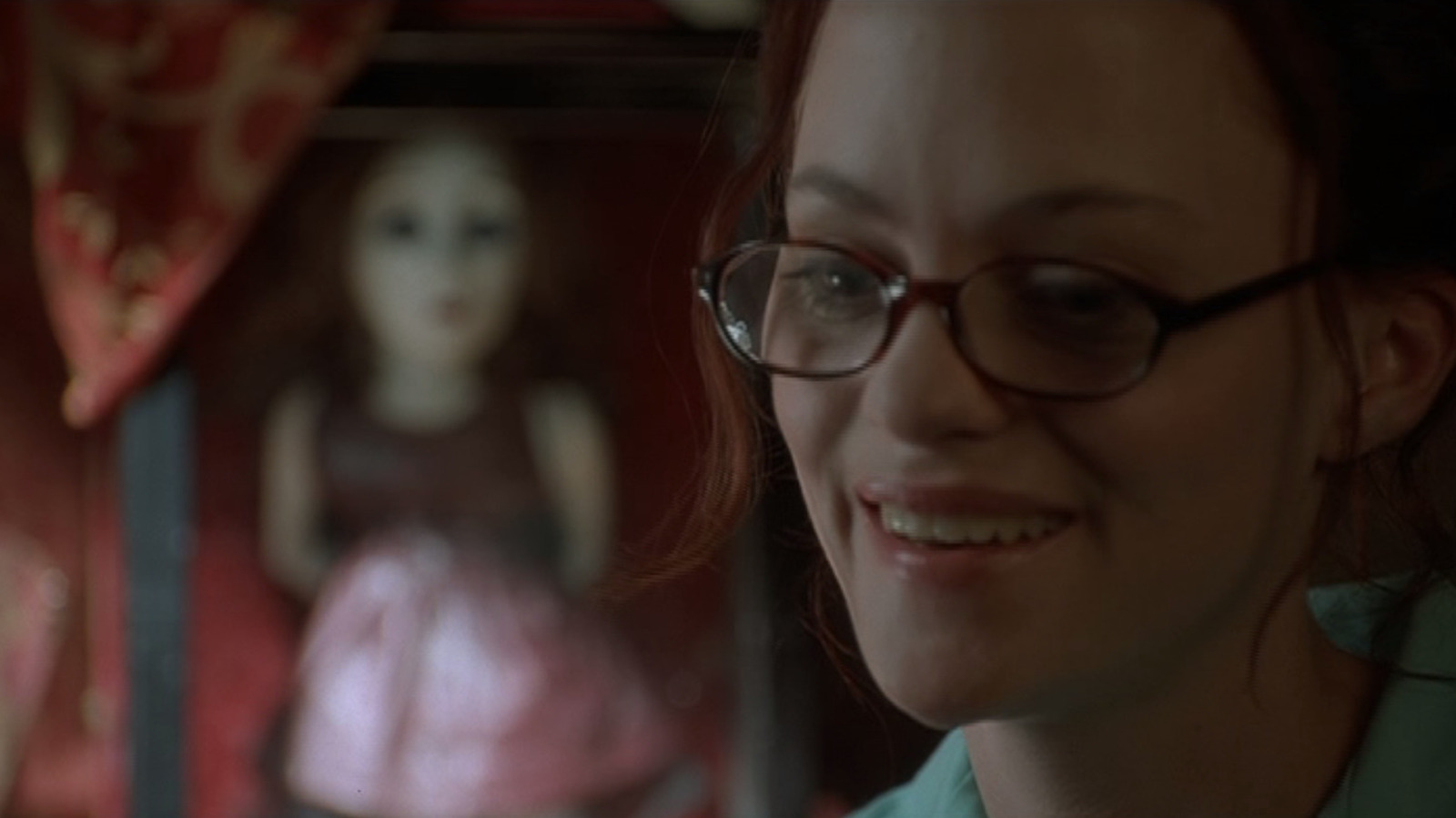


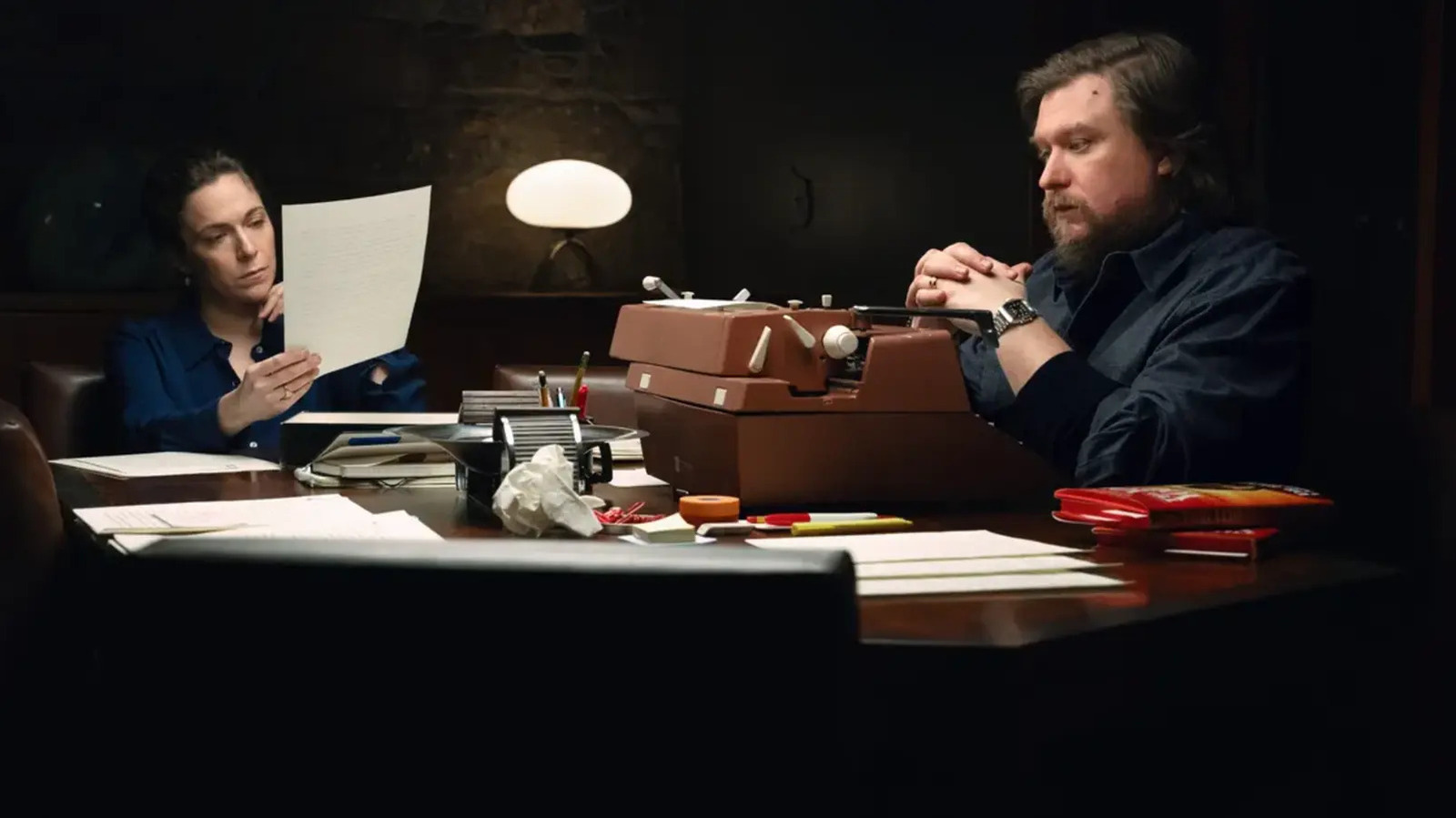






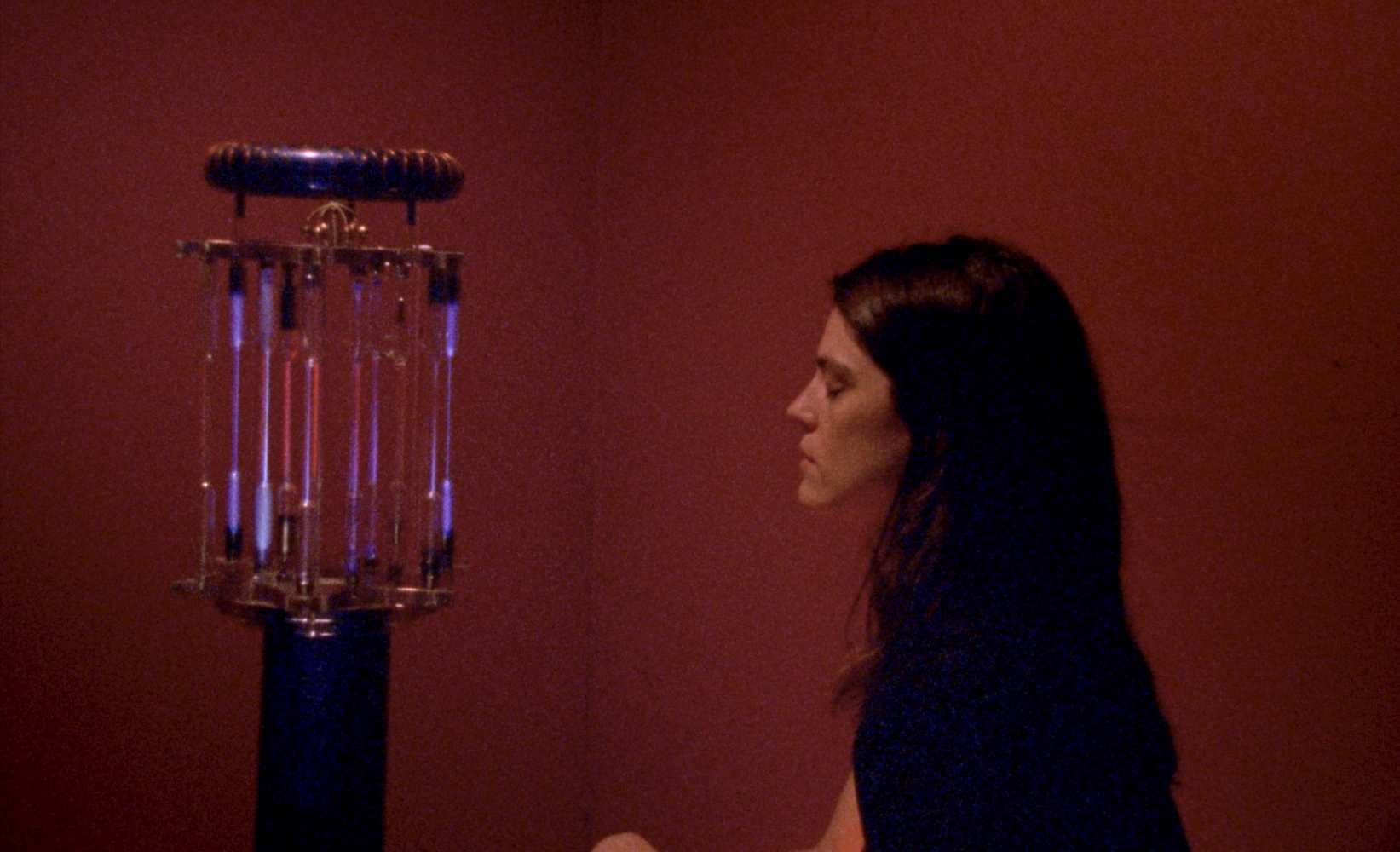







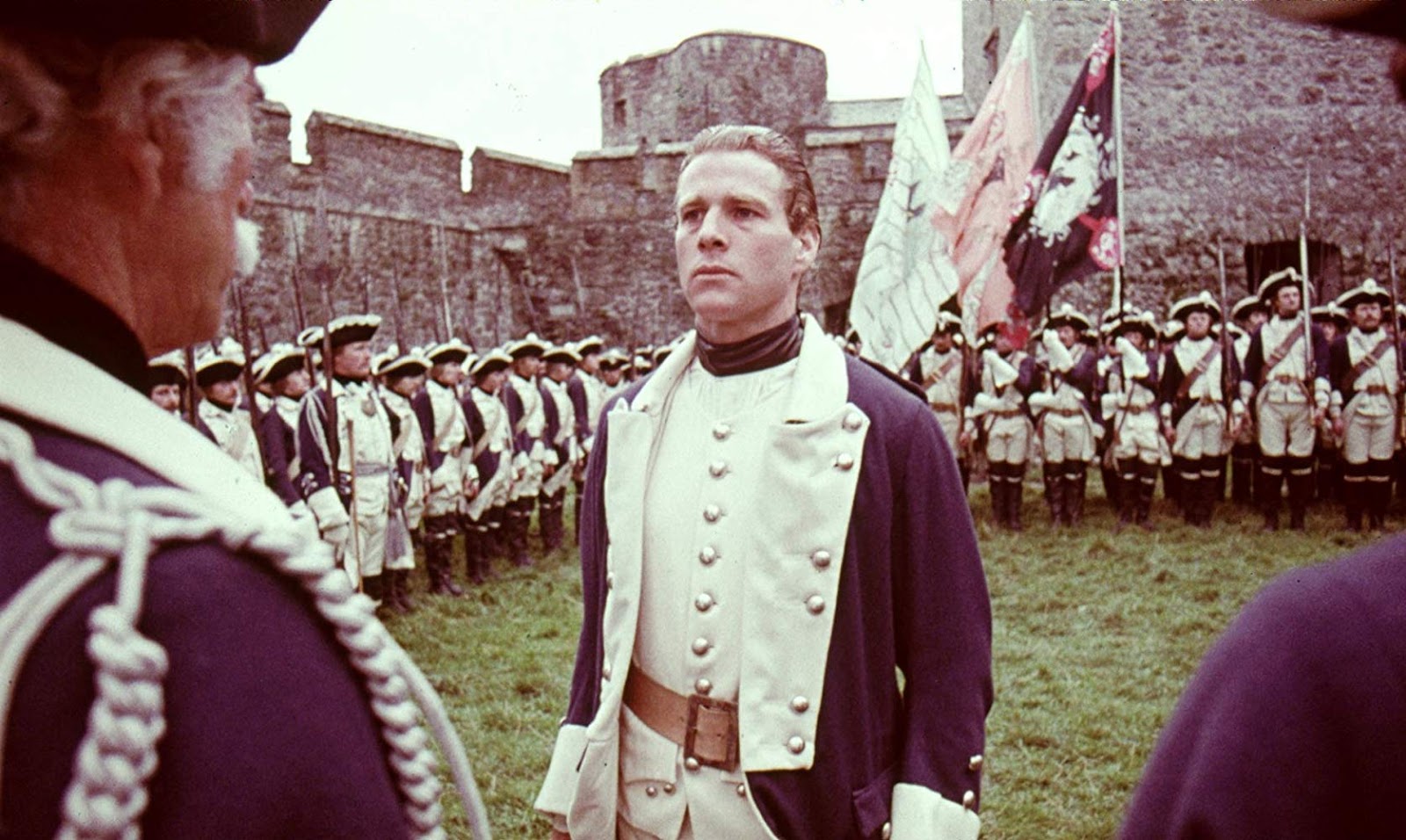

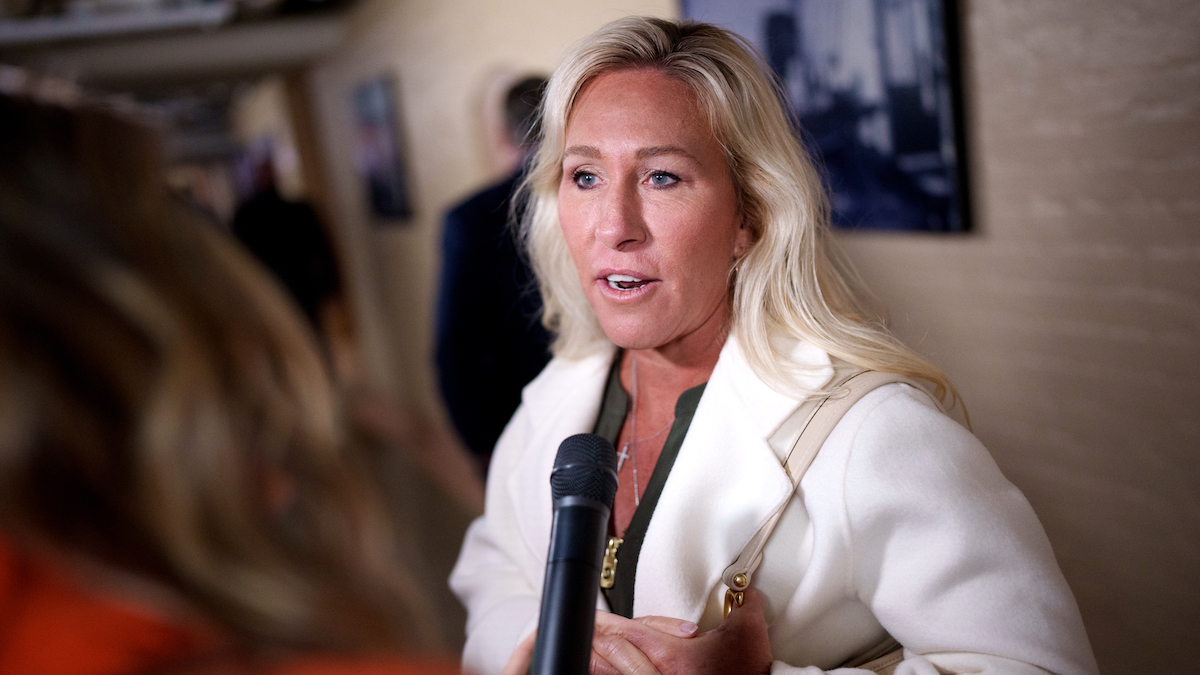







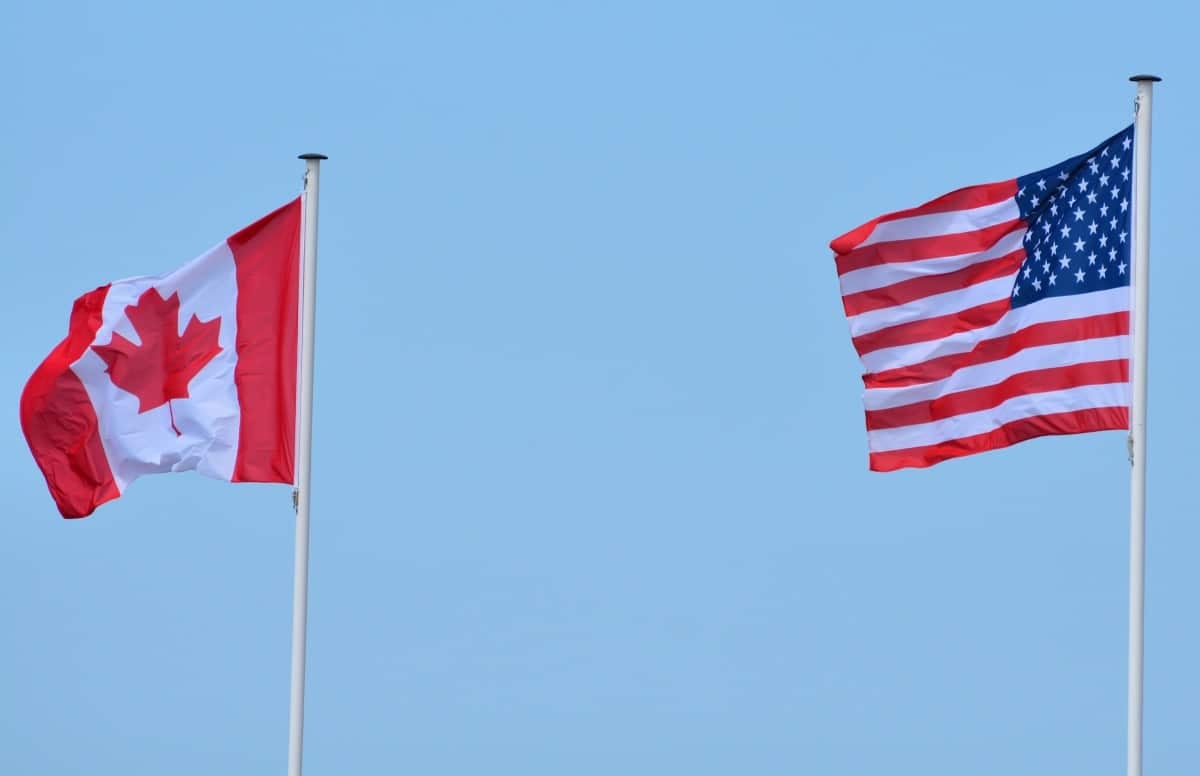

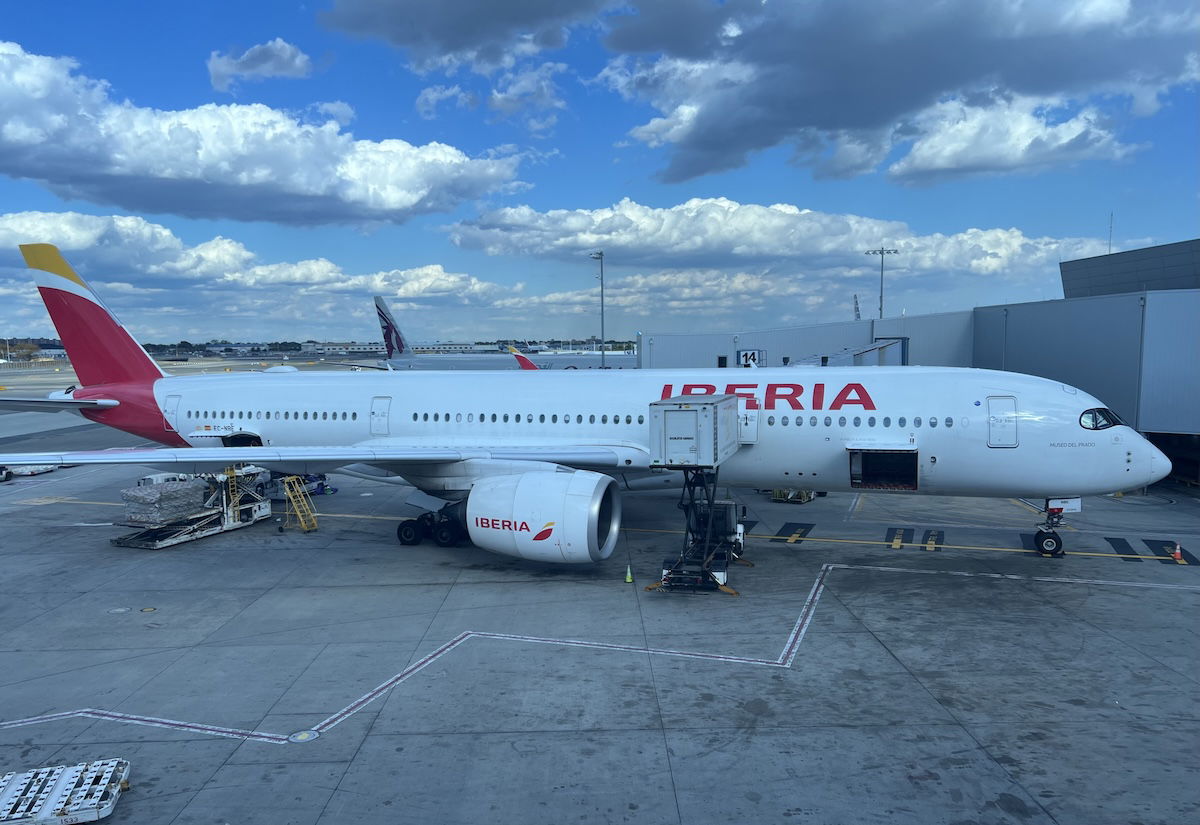



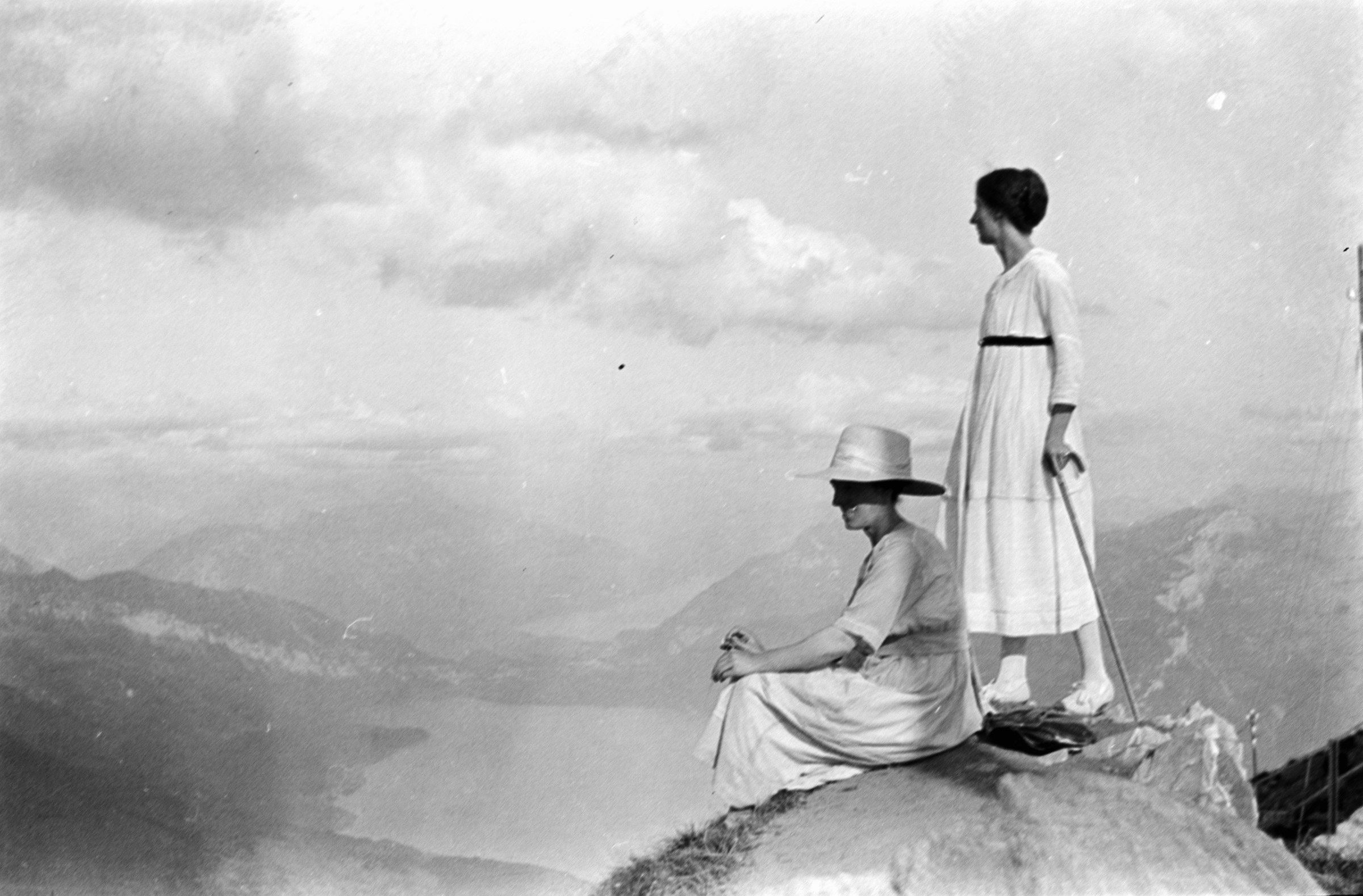

















































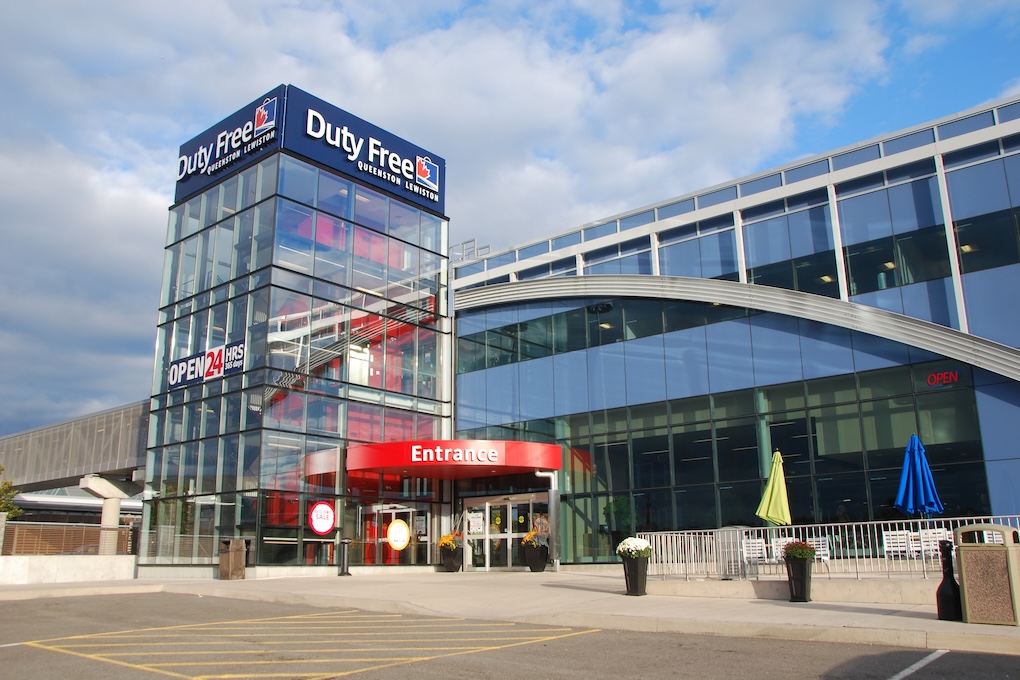













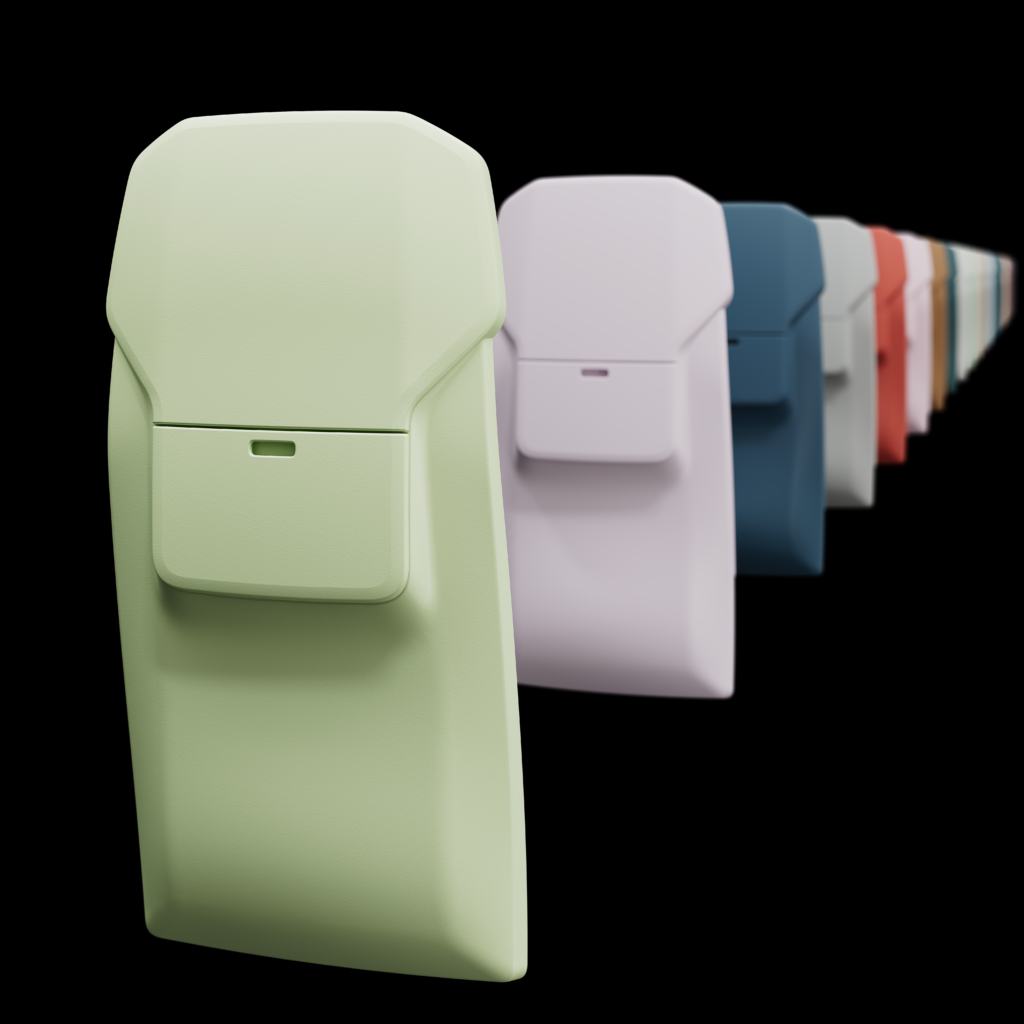
















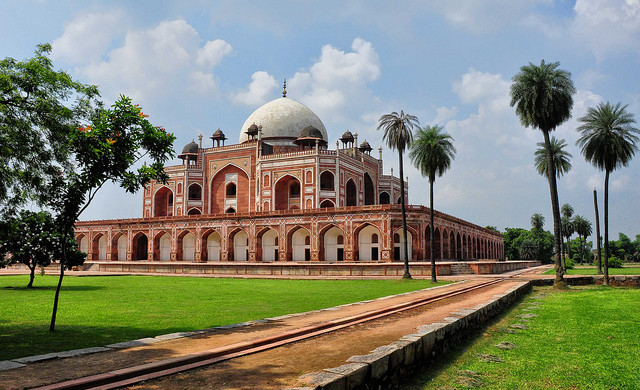
















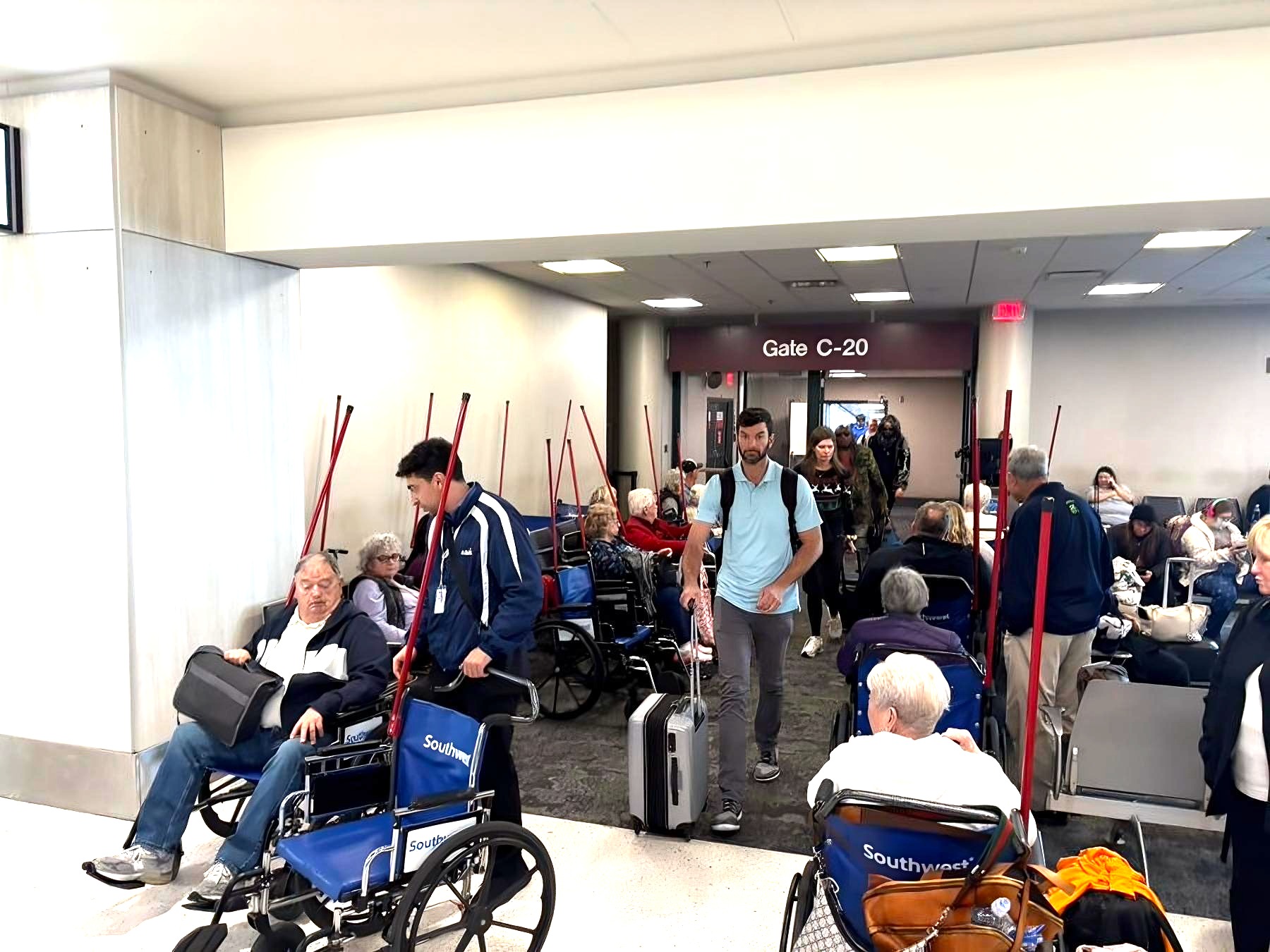

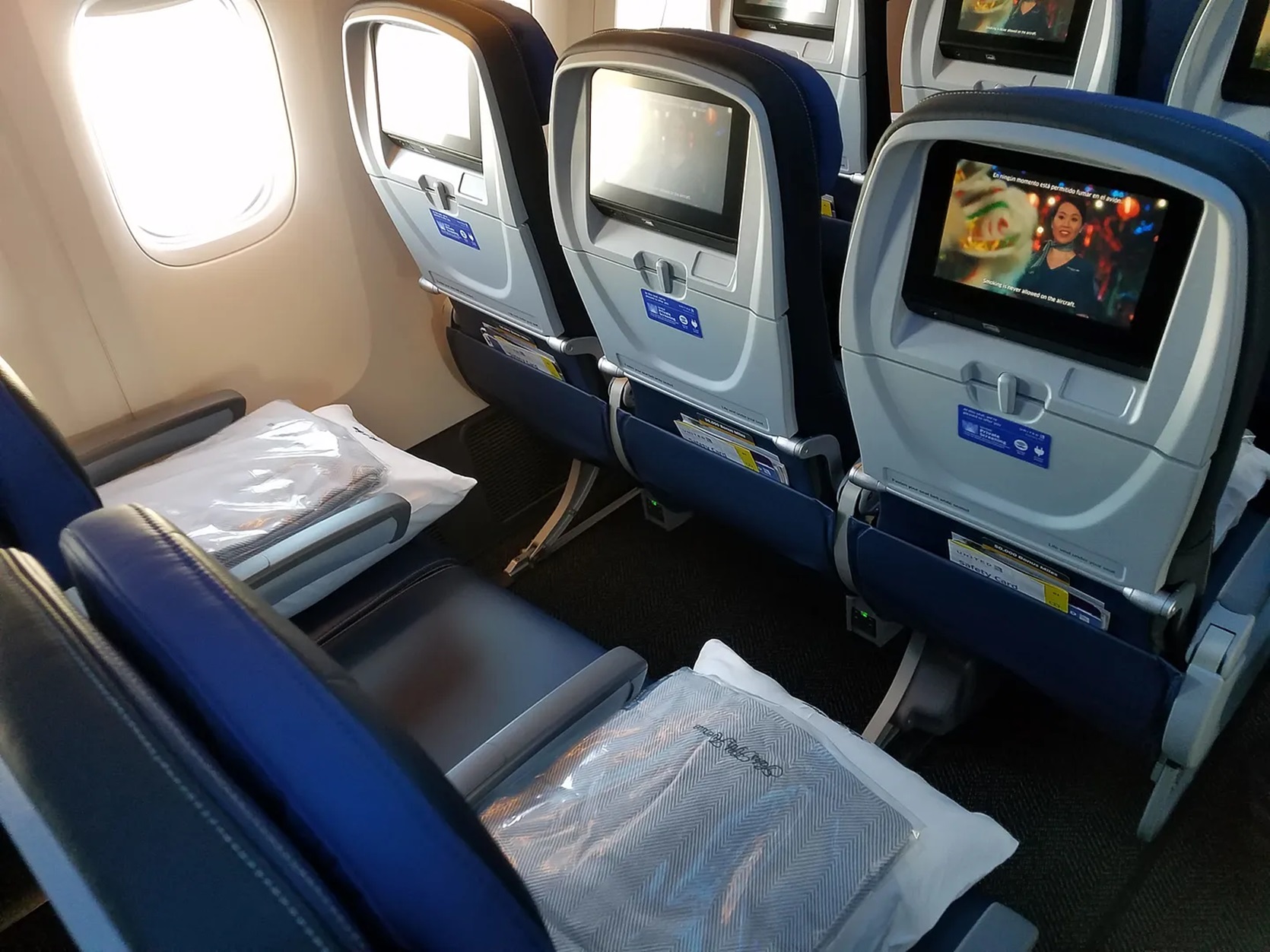
![Courtyard Marriott Wants You To Tip Using a QR Code—Because It Means They Can Pay Workers Less [Roundup]](https://viewfromthewing.com/wp-content/uploads/2025/04/tipping-qr-code.jpg?#)































































































